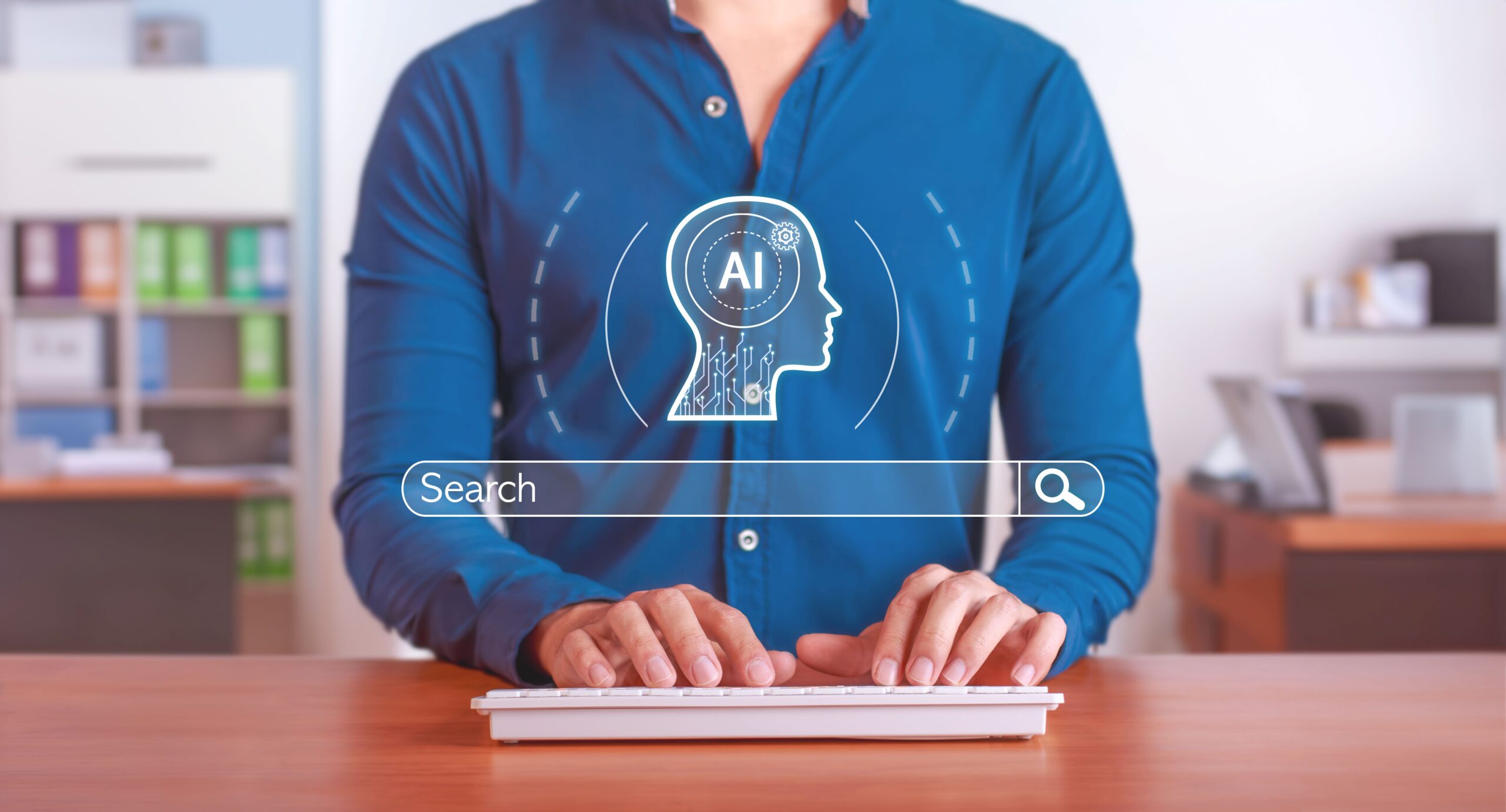
Facebook Deploys AI to Monitor Terror-Linked Content
Context & Timeline
In June 2017, Facebook detailed its new application of artificial intelligence to combat terrorist content online. This update came shortly after a wave of global discussions around the role of tech companies in moderating harmful materials. According to a BBC report published on June 16, the company shared this information as part of an effort to increase transparency.
Read also: Soft2Bet: Flexibility, Innovation and Experience in the Gaming Industry
The timing of the announcement was aligned with increasing calls for accountability, especially in the wake of attacks across Europe. Facebook noted that its AI efforts were already active, primarily targeting material connected to organizations such as ISIS and al-Qaeda.
The blog post outlined a phased strategy. Initial implementation focused on English-language content and leveraged machine learning to detect posts linked to known extremist patterns. The decision to publicly communicate these steps followed internal policy shifts made after May 2017.
Core Developments: Facebook’s Approach
Facebook confirmed that it had begun applying machine learning models to analyze user-generated content for potential links to terrorism. These AI systems flagged patterns—text matches, video structures, and image recognition—that aligned with previously removed content.
In practice, the technology did not operate in isolation. Human moderators remained in place to review flagged material and make final decisions. This combination of automated triage and manual assessment, according to Facebook, was essential for maintaining review accuracy.
One key element was digital fingerprinting. Facebook created a reference database of previously banned items. When new uploads matched this fingerprint, the AI flagged them in real-time. In some cases, the flagged posts were blocked before being published.
The platform also indicated that these systems helped identify repeat offenders. When one account posted multiple flagged items, additional scrutiny was triggered. This allowed the platform to act proactively, sometimes removing an account based on recurring behavior.
Background: AI in Content Moderation
Before the rollout of AI moderation, Facebook and similar platforms relied heavily on user reporting. This approach introduced delays. Harmful content could remain visible for hours, sometimes longer, before action was taken.
The shift toward automation was influenced by the need to reduce exposure windows. Machine learning offered a method to process vast amounts of content with speed and precision—at least in theory. Facebook’s models were trained using thousands of examples of known terrorist content, both current and archived.
Facebook wasn’t alone in this direction. Other platforms like Google and Twitter had introduced AI-based filtering mechanisms for hate speech, violence, and extremist material. What made Facebook’s initiative stand out was the level of integration and internal tooling.
That said, challenges persisted. AI was limited in its ability to interpret context, sarcasm, or coded language. Facebook acknowledged that false positives and missed flags were part of the process. Their solution: combine automation with layered human oversight.
Official Statements and Global Reactions
In its June 2017 blog post, Facebook described AI as a supportive tool—not a replacement for human review. “It’s AI—but not entirely autonomous.” This sentiment was echoed in media coverage, including the BBC’s piece, which outlined the company’s multi-step process.
The company emphasized collaboration with security organizations. It also joined industry groups to share techniques and improve detection standards. These efforts were part of a broader push to position Facebook as proactive rather than reactive.
Public response varied. Some observers welcomed the update as overdue. Others raised concerns about transparency and due process—especially in cases where flagged posts were removed automatically. Facebook did not provide exact numbers but said enforcement accuracy was improving.
Some digital rights groups called for external audits. They argued that as AI moderation grew, independent oversight would be essential to prevent unintended censorship. Facebook acknowledged those concerns but did not confirm plans for public reporting.
Upcoming Developments in Facebook’s AI Tools
At the time of the announcement, Facebook stated that its AI tools would continue evolving. Future upgrades were expected to expand language coverage, improve image detection, and add more nuanced contextual analysis.
The company also planned to extend its efforts to private groups and less visible sections of the platform, where extremist content sometimes circulates without immediate scrutiny. These areas posed additional technical and ethical challenges.
While results were not published in full, Facebook described initial metrics as encouraging. The company claimed a reduction in content visibility duration for flagged posts—from hours to minutes in some cases.
Still, the company reiterated that AI was one layer of a broader safety strategy. Long-term success, they said, would depend on collaboration, adaptation, and continued public engagement—not on technology alone.
